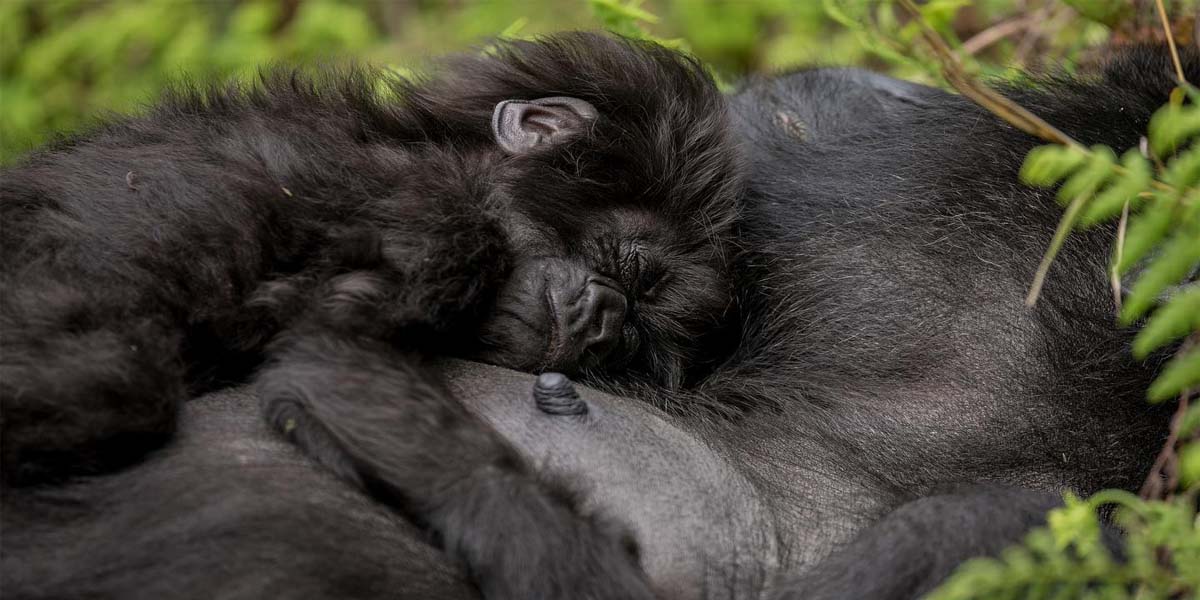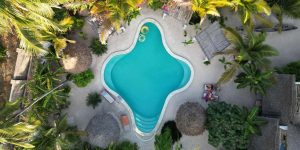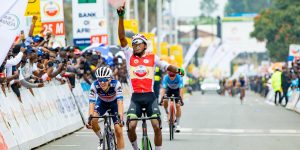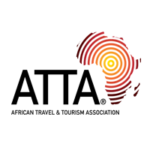Mountain gorilla trekking photography is one of the best photography safari adventures you can ever take. Trekking the forested mountains in Rwanda to meet the rare mountain gorillas is one thing and capturing their moments is just incredible. Mountain gorilla trekking photography is not easy compared to other wildlife safari photography adventures. This is primarily because of the landscape and terrain where mountain gorillas live.
Many wildlife photographers have been able to successfully take on Rwanda Mountain Gorilla Trekking Photography safaris. If you intend to Visit Rwanda for gorilla trekking photography below are some of the tips for a successful trek.
Camera Equipment
The camera equipment you use for any photography safari is a game charger. Latest cameras and zoom lenses are highly priced but it is important to have the best gadgets. With this you are able to capture even the most subtle moments in the wild. On the gorilla trekking experience you are required to keep at least a 7-meter distance away from the gorillas. This alone sets a standard on what camera lens you should carry.
Mountain gorillas just like any other wildlife species are mobile. This makes it a little challenging in photography as you have to follow and capture the gorilla movements. You need a stable position to be able to capture every moment and movement in detail. It is important to have a zoom with which you can easily capture the angles depending on the detail you intend to capture. A tripod is recommended to ensure the stability of the camera.
Your photography skill and decisive moment will mainly determine the quality and narrative of the moment captured. The mountain gorillas’ color naturally blends with their surrounding nature. You can still get some beautiful shoots regardless. Mountain gorilla trekking in Rwanda is expensive and so is photography which is why is important to use every moment. It is also advisable to carry extra batteries and memory cards just in case one runs out.
Choosing the Gorilla Family
Volcanoes National Park has 12 fully habituated gorilla families that are open to tourist visitation. Each of the gorilla families has its setup comprising up to 10 individuals or more. A typical gorilla family is headed by a dominant male called Silverback. The other subordinate gorillas are usually weaker males, adult females, juveniles, and infant gorillas.
Mountain gorillas are among man’s closest primates with over 96% DNA similarity. This makes mountain gorilla photography easy and related when capturing a typical gorilla family with infants. Not all gorilla families have infants or particular gorilla family interests you can be looking for photography. With this, it is important to establish the gorilla family setup to bring out the narrative you want.
It is impressive doing mountain gorilla trekking photography featuring infant gorillas. These being the future of the family, they are cuddled, groomed, and protected by the adult gorillas. A gorilla trekking photography safari with them will give you an insight into their ways of life. Important to note is that it is the head rangers at the park who determine the gorilla family to be allocated to you. You can however request and communicate to them early as they would understand the need for your request.
When to Visit
Best Wildlife photography is determined by natural light which is why the period when you go gorilla trekking is key. Rwanda has two main seasons, the dry and wet seasons. The dry season starts from June ending mid-September and from mid-December to early March. It is the best time for mountain gorilla trekking photography with the best natural lighting and minimal rainfall disturbances.
The gorilla trekking safari experience starts with a briefing at 7:00 am at the park headquarters. This is a great time to start your nature photography safari. By the time the sun fully rises, to sharp light, you would have captured some of the best shots in the wild.
Rainfall is a hindrance to photography and with the nature of Volcanoes National Park rainfall can sometimes be unpredictable. It is advisable to therefore carry rain protective gear even for the camera.
Mountain Gorilla Trekking Permits
Mountain gorilla trekking is currently the most demanded primate trekking experience in Rwanda. Important to note is that only 8 individuals allowed to trek to one gorilla family per day. This means only 96 gorilla permits are available for the 12 gorilla families Volcanoes National Park has.
Gorilla trekking permits get fully booked several months in advance. It is highly recommended to book your gorilla permits in advance if you intend to travel in the peak season.
Due to the high demand for gorilla permits, even the shoulder and wet season months get fully booked. If you are particularly interested in exclusive gorilla trekking and filming it is only better to book in advance.
Rwanda Gorilla Trekking Packages
The Rwanda gorilla trekking tour package you book is also a key determinant in the success of your photography tour. Rwanda gorilla tour packages start from one day or more depending on your preference and convenience. In the one-day or normal gorilla trek, you are only allowed in the presence of the gorillas for only an hour.
For more detailed photography works and documentation, this might not be enough for you. The good news though is that there is provision for gorilla filming. This is more expensive compared to the normal gorilla trek but worth the experience. In case you cannot afford that then you can opt for a double gorilla trekking safari. This can be customized to fit in 3 or 4 days and more. Our 4-day Double gorilla trekking Tour is the best example of this.
For Amateur photography, the normal gorilla trekking tour would be a fine option. Here the 2-day, 3-day, 5-day, and 10-day Rwanda gorilla tour options are highly recommended.
East Africa has many other chances for wildlife photography beyond mountain gorillas. Uganda is an incredible destination where you trek to the gorillas and be part of other safari adventures. Kenya has diverse ecosystems and also features the great wildebeest migration. Kenya also has several coast tour destinations that you can explore after your savanna wildlife safari.











